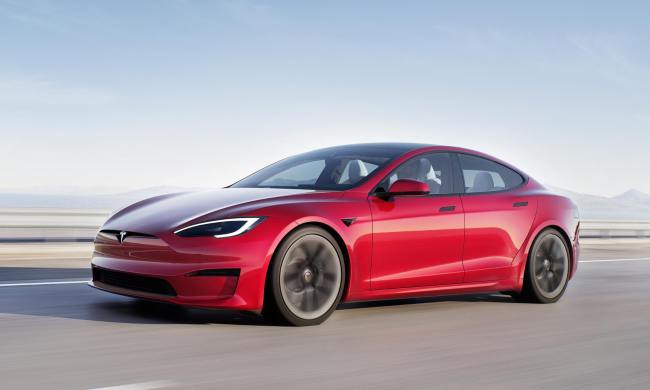Uber is walking away from self-driving trucks, Reuters reports. After taking a high-visibility leadership role in autonomous over-the-road cargo hauling with its 2016 purchase of self-driving truck startup Otto, the ridesharing company decided to tend to its roots, focusing on developing autonomous cars.
“We believe having our entire team’s energy and expertise focused on (self-driving cars) is the best path forward,” Eric Meyhofer, head of Uber’s Advanced Technologies Group, said in a statement.
More on big rig autonomy
- Why self-driving trucks will take over before self-driving cars
- Waymo is now working on self-driving trucks in Atlanta
- Anthony Levandowski, fired by Uber, to start another self-driving car company
Uber employees working on the self-driving trucks in San Francisco won’t lose their jobs because the company will switch them to other roles developing self-driving technology. If employees don’t choose to relocate to Pittsburgh, where the self-driving car work is centered, Uber will offer a separation package.
Uber Freight, a smartphone app-driven business that connects shippers with available truck drivers will continue. According to Uber, its truck-sharing business is growing rapidly. In the past 15 months, Uber Freight, which has offices in San Francisco and Chicago, has tripled its business and is available nationwide except for Hawaii and Alaska.
After Uber purchased Otto, which was founded by ex-Google employees, the self-driving rig carried a load of Budweiser 120 miles on Colorado highways. The successful strategic delivery gained all involved plenty of attention, but the acquisition began to turn sour later in the year when Waymo accused one of Otto’s founders and Uber of “patent infringement and stealing trade secrets,” Techcrunch reports. In an eventual settlement, Uber gave Waymo almost a quarter billion dollars worth of Uber equity and agreed not to use Waymo’s proprietary information in its self-driving development.
Uber appeared to be making progress with self-driving Volvo XC90s in Arizona, Pittsburgh, and Toronto when a test vehicle fatally struck a pedestrian in Tempe, Arizona in March. Tempe police suspect the Uber driving attendant in the Volvo may have been streaming a reality show when the accident occurred.
With resources previously allocated to developing self-driving trucks now added to the autonomous car program, Uber is about to restart the car testing in Pittsburgh, this time with human drivers in control and with increased monitoring, according to Techcrunch.



